Earlham Institute's top ten of 2018
From synthetic biology to bioinformatics, what’s in a gene and microRNAs, we’ve covered a lot in the last year. So, what tickled your fancy the most?
It was a great year at Earlham Institute. Our articles alone directly reached over 26,400 people, who read our features, quick reads and updates over 45,000 times. Amongst our most popular articles, our PhD guides have been read over 10,000 times - but what were the highlights from 2018?
(Popularity rankings are based on social clicks & shares, number of reads and international fame and glory).
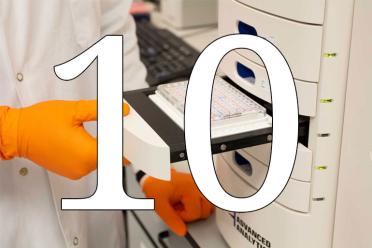
Coming in at number ten, our personal favourite, Harbans Marway wrote us a compelling piece that was at once an ode to quality control and a dissemination of interesting information for anyone keen on the inner machinations of a life science laboratory.
Working at the cutting edge of biology is as inspiring as Harbs’ commitment to communicating science, so if you haven’t checked out the article yet - please do - and if you haven’t checked out Harbs’ website yet then we implore you to do so.
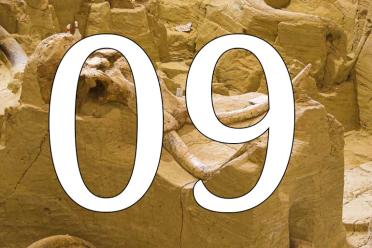
Our Director of Science Federica Di Palma has contributed to many interesting and important research projects over her career. One such project was the study of elephants, which gave rise to a recent publication from the Broad Institute on their evolution, which shed some interesting insights on the role of cross-species hybridisation over the years.
We wrote an article about this fascinating evolutionary history.

We have written various guides for future and current PhD students, which are incredibly popular. So, what’s life like for those actually doing them?
One of our students, Erin Baggs, talked to us recently for our Women in Computing series - and told me she’d actually read our guides before applying, which was nice to know.
We sent Erin to Nandos, along with the rest of our PhD students, who shed some light on what it’s like to study for a PhD degree here at EI.

Susan Duncan has been leading a project at Earlham Institute that aims at using cell-free synthetic biology techniques to help understanding a variety of processes, including plant circadian rhythms.
Along with Quentin Dudley, who is making cell free pipelines available at EI, Susan’s OpenPlant project is opening up exciting new possibilities for collaboration across scientific disciplines.

You know what really gets on peoples’ nerves? Terrible documentation, that’s what.
If you don’t know what that means, read the article. If you do know, read the article anyway - and do it better!
This article was our second-most successful on social media this year, going pretty viral upon its release - so much so that our Comms manager had to put his phone on mute all weekend.
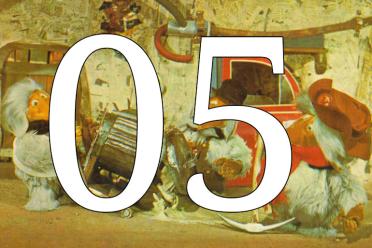
That’s right, last April 1st we sequenced the Womble genome at Earlham Institute. It was a roaring success among peers and members of the public alike, with retweets and likes flooding in over Easter weekend.
Some people were less enthusiastic about the outcomes of the research study. Sasha Stanbridge said, “well my Womble didn’t live ‘til 157, he fell apart after a few years. But he did get lots of love.”

Mark McMullan of EI led a research effort into ash dieback that revealed the European epidemic that has devastated our native ash trees was caused by as few as one or two fungal spores.
This is bad news for the remaining ash trees (only 20% in some places survived the onslaught), as the introduction of just one spore could bring in a heck of a lot more diversity from the native range of the ash dieback fungus in Japan, which might spell doom.
ITV and the BBC covered this story, to go with our own news piece, shared by a variety of partners, as well as our own special feature: Invaders from the Far East. Indeed, between each piece of coverage we reached a potential audience of up to 1.5 million people.

Why is public engagement in science so important - and why should we be investing a lot more time, money and effort into disseminating and communicating the breadth of scientific research we undertake?
We went on an exploration of attitudes to public engagement, which was very well received on social media, reaching over 1000 people within the first few hours of posting the article. The average time spent reading the article is currently 8 minutes and 33 seconds, so it clearly holds the attention - even in an age of Snapchat and Insta stories.
Our commitment to public engagement at EI led to our very successful participation at the Norwich Science Festival - and we’re opening our doors for an Open Day in 2019!
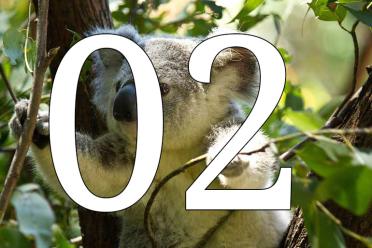
We played a major role in this international collaboration on sequencing this magnificent marsupial. Indeed, without our help (but due to our encroachment on its natural habitat), the koala might no longer be with us in the future. With chlamydia and a virus very much similar to HIV, koalas are really under pressure.
Our scientists, including Graham Etherington and Will Nash of the Di Palma and Haerty Groups, not only helped to make sure the genome was of a high quality, they also helped to understand how it is that koalas manage to munch down a toxic diet of waxy eucalyptus leaves.
International coverage of this story reached pretty much every major newspaper you can think of or name, all over the world - with a potential online readership of 1.03billion people. News spreads - much like koala chlamydia. Let’s hope we can save them armed with this knowledge.
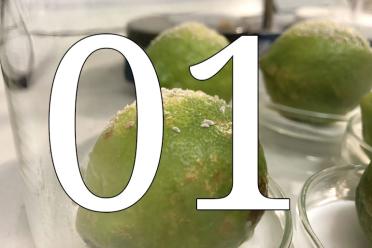
No, Justin Timberlake does not work for EI. Yes, we are bringing sexyplants back with project SUSPHIRE. Insect pheromones instead of pesticides? Yes please!
According to Nicola Patron, our Synthetic Biology group leader: “We will take a synthetic biology approach to identify and rewrite insect pheromone biosynthesis pathways, optimising bioproduction in plants and fungi."
“The use of sex pheromones for pest control is already known to be feasible, but for many species, the manufacturing is difficult and expensive. Bioengineering can provide viable alternatives to manufacturing, expanding the use of pheromones that will be much kinder to our environment,” she explains.
The Guardian covered this, as well as the BBC world service - leading to an estimated 1.15 million coverage views. Not bad for a small bioscience research institute in Norwich!